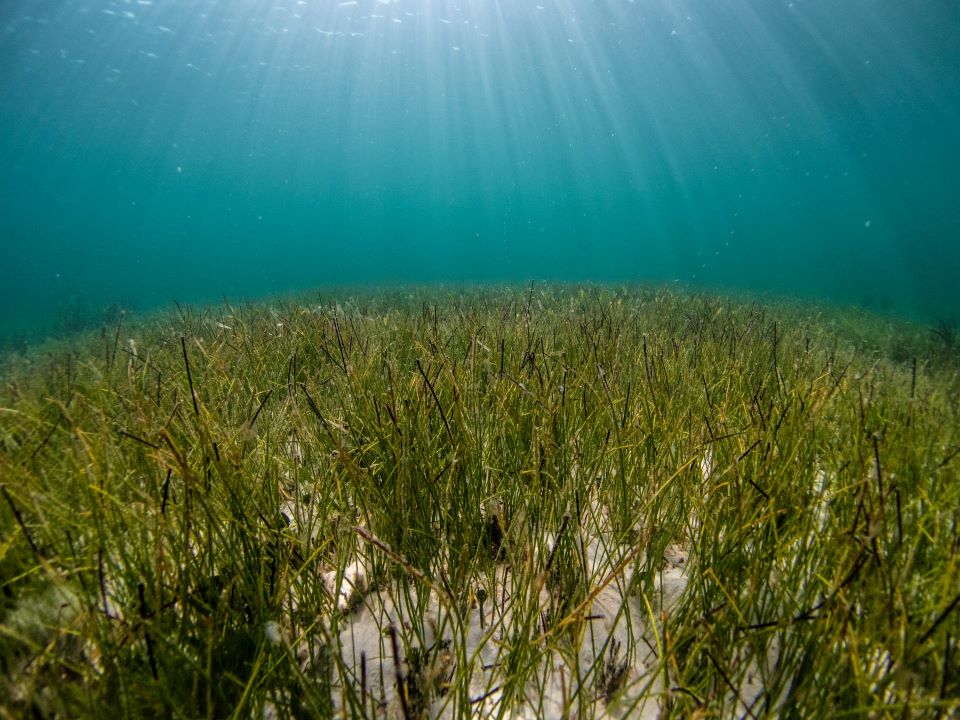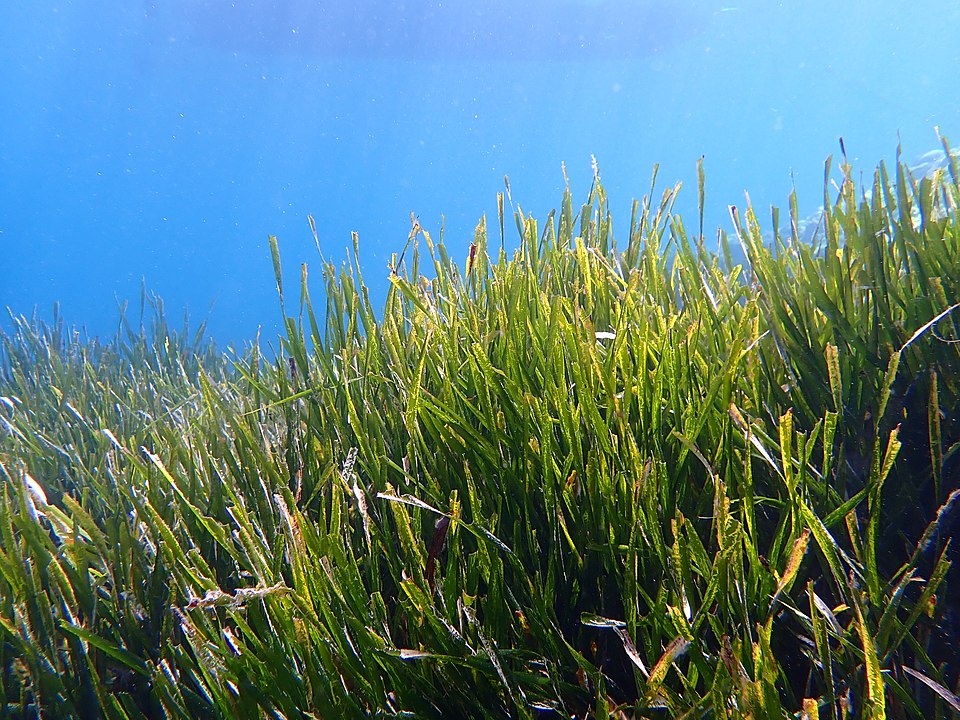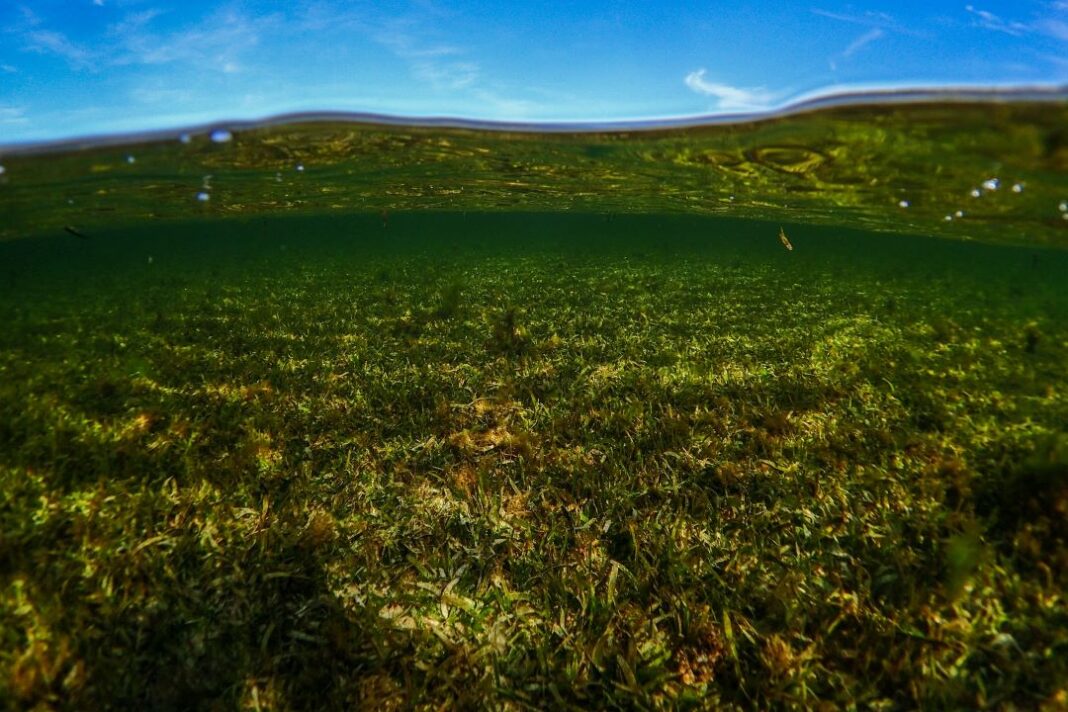Seaweeds, carbon absorbers, are at risk due to pollution, climate change, and other impacts of human activity. In addition, the quality of fishing, carbon absorption, and marine ecosystems depend on these plants. Therefore, experts say seagrass protection is highly needed for the human future
Man-made Stress: Infrastructure and Fertilizers
Underwater meadows are being destroyed to make new infrastructures, such as dikes, harbors, or sea walls. Even though these plants protect the coast from erosion caused by storms. Fertilizer contamination can reduce the amount of light that reaches the grass leaves and thus slow down their growth. Researchers have found that seaweeds often look entirely healthy and soon collapse under stress.

In areas where seagrass is protected by law, including the countries of the European Union, those who have destroyed it must restore it to its original condition or plant the same amount elsewhere. But attempts to do so all too often fail, warns Francesca Rossi of the French National Center for Scientific Research. “They are trying to plant seagrass in places where they were not before, i.e., in places that are not their natural environment,” Dr. Rossi criticizes the measure.
European Fishing Are Dependent on Seagrass
Seagrass forms dense submarine meadows and is essential for sustaining fishing, carbon sequestration, and protecting the coast from erosion, and plays many other important roles. In addition, it serves as a habitat for hundreds of species of marine life.

At least 30 percent of commercial fishing that depend on seagrass come from the Mediterranean. A study describing the situation in the Mediterranean found that between 1842 and 2009, one species of seagrass, Posidonia Oceanica, lost 13 to 50 percent in the area.
Seagrass Absorbs Carbon Faster than Rainforests
In addition, any loss of seagrass could affect the ability of the oceans to absorb carbon. Sea meadows absorb carbon up to thirty-five times faster than tropical rainforests. And although they cover only 0.2 percent of the seabed, they absorb a tenth of the carbon in the oceans each year. Furthermore, unlike many terrestrial plants, seaweeds store most of the absorbed carbon in their roots, so the carbon remains buried underground even after the plants die.

Climate changes could exacerbate sea meadows disappearing, causing seawater to warm and increasing its acidification. Seagrass meadows in the Arctic are also at significant risk. The experts expect the Globe to have the fastest warming over the centuries and rapid acidification.
Globally, more than 70 countries are working to ensure that the UN Convention on Biological Diversity adopts the goal of protecting a third of marine waters by 2030. In addition, the EU has set itself to protect 30 percent of its marine area, restore marine ecosystems, and reduce pollution.
Souorce: https://ec.europa.eu/research-and-innovation/en/horizon-magazine/scientists-turn-underwater-gardeners-save-precious-marine-plant, featured photo by Benjamin L. Jones on Unsplash















